Ready to drive incremental growth with influencers?
If ditching the randomness of influencer campaigns and building a predictable, ROI-first influencer program sounds like a plan. Consider talking to our team!

Influencer Marketing
Big brands are experimenting with AI influencers. Here’s what emerging DTC brands should think about before following suit.
Contents
Every marketer is feeling the pressure to experiment with AI. It’s showing up in meetings, on LinkedIn, and in every “future of marketing” report. It’s only a matter of time before your CMO asks if you’ve thought about using an AI influencer or announces you should start testing them. After all, they promise endless content, zero scheduling drama, and perfect brand control.
Big brands have already launched or partnered with AI influencers.
Puma introduced Maya, a virtual ambassador who stars in campaigns across Southeast Asia.
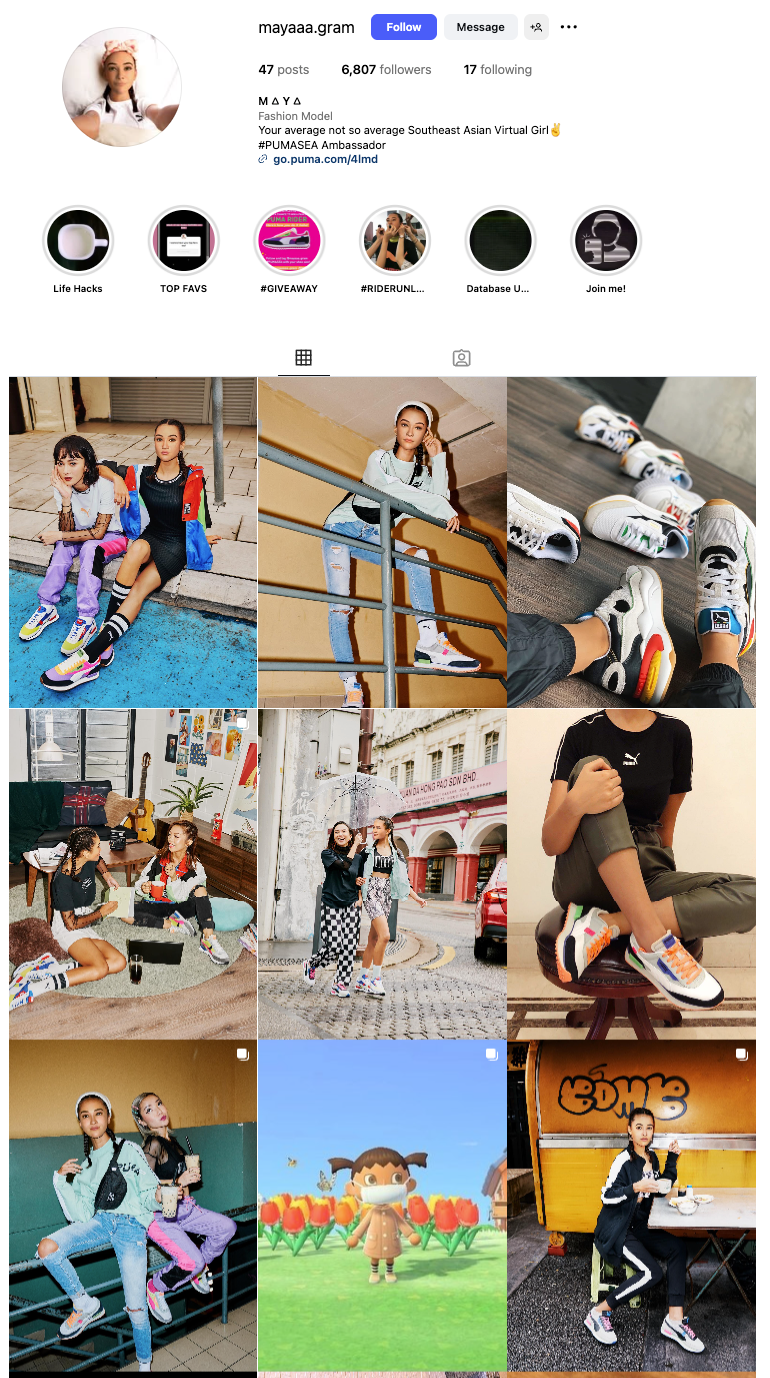
Coach partnered with Imma, Japan’s pink-haired digital creator who’s also appeared in IKEA and Shiseido ads.

Fashion houses like Prada, Balmain, and Max Mara have collaborated with AI-generated models such as Shudu, who’s been featured in high-fashion editorials.

Even KFC got in on it with a “virtual Colonel Sanders” who showed up on Instagram feeds alongside real creators.
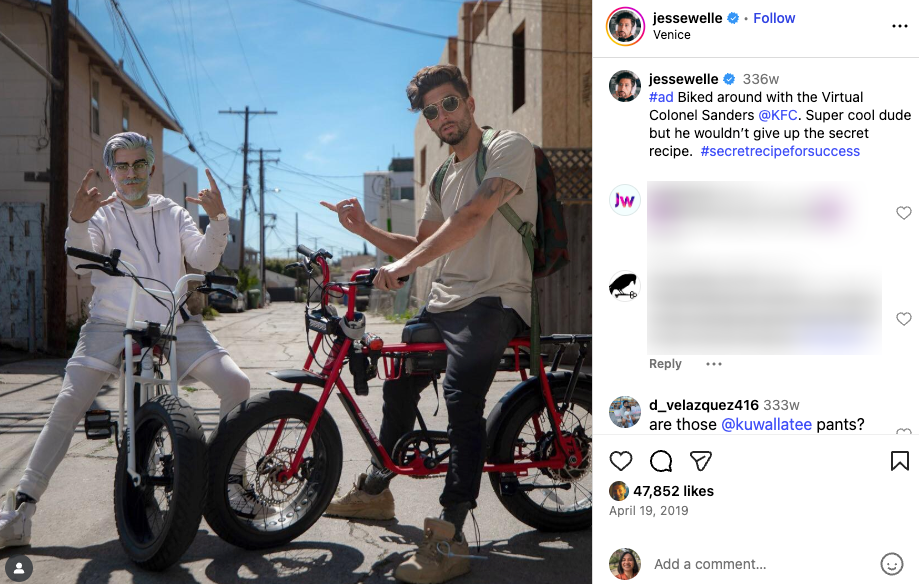
hese collaborations do rack up engagement and headlines.
But before you say yes for the novelty or no out of instinct, you need to know what you’re really signing up for. You should know if AI-influencers can actually make someone buy, or just make people look.
In this article, we’ll share our perspective, not just as spectators, but as a team that’s seen influencer marketing evolve up close. We’ve worked with hundreds of DTC brands, watched what actually drives results, and learned what doesn’t.
Before we can decide whether AI influencers fit in, we need to go back to the basics: why does influencer marketing even work in the first place?
For most of history, advertising spoke at people. It told them what to buy. Influencer marketing flipped that by showing people what others were already using. And that small shift made all the difference.
In the book Wanting, Luke Burgis writes that human desire is mimetic — meaning, we don’t always know what we want until we see someone else wanting it. Desire spreads socially. We copy, often unconsciously, the choices and preferences of people we admire or identify with.
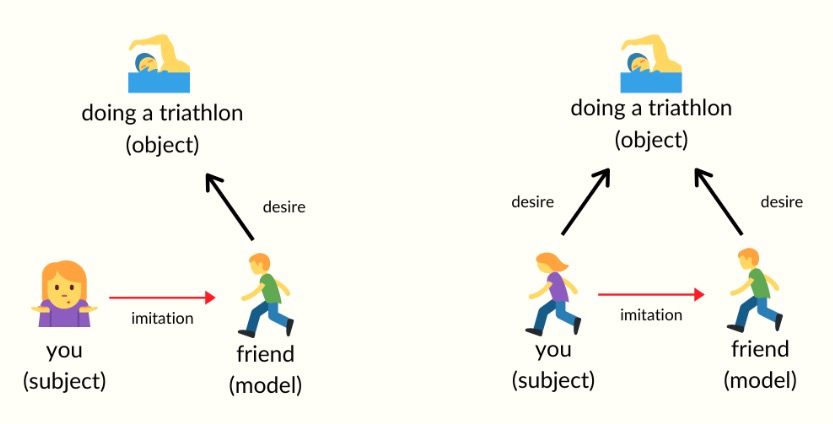
On top of that, we have social proof. When we see someone use a product and enjoy it, it signals that it’s safe and valuable. It reduces uncertainty and makes the decision easier. That’s why influencer content often outperforms ads. It doesn’t feel like persuasion; it feels like proof.
There’s another layer to it: repetition and familiarity. The more often we see a product used or talked about by someone we trust, the more normal and desirable it starts to feel. Over time, that consistency builds confidence that the product is worth trying. And confidence drives conversion.
At its core, influencer marketing works because it’s human. And that’s eOn top of that, we have social proof. When we see someone use a product and enjoy it, it signals that it’s safe and valuable. It reduces uncertainty and makes the decision easier. That’s why influencer content often outperforms ads. It doesn’t feel like persuasion; it feels like proof.
There’s another layer to it: repetition and familiarity. The more often we see a product used or talked about by someone we trust, the more normal and desirable it starts to feel. Over time, that consistency builds confidence that the product is worth trying. And confidence drives conversion.
At its core, influencer marketing works because it’s human. And that’s exactly what AI influencers aren’t.
Influencer marketing is built on trust, proximity, and real experiences. These are things AI can mimic but never truly have.
We want things because others want them. But not from just anyone. The closer someone feels to us, the stronger the influence. A movie star might impress us, but it’s the YouTuber or creator who feels “like me” that actually makes us buy.
AI-generated influencers remove that proximity. You can’t relate to them, see them use a product, or believe their experience. They’re scalable, but distant.
A new mom doesn’t buy a stroller because a post went viral. She buys it after seeing another real mom use it and say, “This actually made my life easier.”
That’s the difference. Human creators offer proof. They’ve tried it, lived it, and staked their credibility on it. With AI, you might still get engagement — but engagement isn’t trust, and trust is what converts.
Yes, AI influencers still grab attention. They’re new, interesting, and easy to talk about. But that’s also their ceiling. Once the surprise fades, people start to ask the same questions they ask of everyone else: Do I believe this? Do I care?
And because the answer is usually no, the attention doesn’t last. What’s left are polished visuals that look impressive on a dashboard but don’t drive real results.
Human creators have something to lose. Their name, their audience, their credibility — all on the line every time they promote something. That’s what makes their influence matter.
AI influencers don’t have that.
They can’t make mistakes or stand by opinions. If a campaign underperforms, it can be deleted, rebranded, or replaced overnight. People notice the lack of accountability, and it quietly kills belief.
The biggest advantage of real, human influencers is community. Real people turn influencer marketing from a channel into a movement.
You can’t do that with an AI influencer. Sure, you can make it look like they’re attending your product launch, but everyone knows it’s fake. You can’t invite them to a founder dinner, fly them out for a trip, or have them host an organic meetup with other creators or customers.
Jarred Smith, Co-Founder and Brand Visionary at NOOMA, believes audience reactions might evolve as AI-generated creators become more realistic:
“Most people still care whether the person they follow is real — especially when they can tell it’s AI. But we’re early in that shift. As these virtual creators become more common and lifelike, audiences might stop caring as much about who’s behind the screen and focus more on how entertaining or relatable the content feels.
If an AI creator looks and sounds authentic, and the content isn’t obviously labeled as ‘AI-generated,’ it could perform just as well as a sponsored post from a real creator."
You might wonder, then, why brands like Puma, Coach, and Prada are experimenting with AI influencers? These aren’t rookie marketers. They have teams of seasoned strategists and massive budgets. So why are they doing it?
For big brands, AI influencers are a playground. When you already have decades of credibility, millions in brand equity, and a customer base that trusts you, experimenting with virtual faces doesn’t really hurt. Even if it feels detached or artificial, that aesthetic works for them.
If it works, great, they get PR buzz and “innovation” points. If it flops, it’s a rounding error in their marketing budget.
Brands like LV, Puma, and Coach can take these risks because their audience already knows the products are real, the quality is proven, and the brand is legitimate. An AI ambassador just becomes another creative asset or a way to appeal to younger audiences.
For an emerging DTC brand, every post and partnership has to be meaningful. When you’re still trying to convince people your product works or your brand is real, introducing something artificial confuses that message. Instead of “this brand feels real,” people start thinking “this feels like a marketing trick.”
When you mimic big-brand behavior (chasing hype, experimenting for novelty’s sake, or prioritizing aesthetics over connection!), you also risk skipping the stage that matters most: earning trust. Without that trust, you might get followers, even engagement, but not loyalty. And loyalty is what separates a brand that trends for a week from one that grows for a decade.
Instead of chasing AI-generated perfection, build a network of creators who genuinely use and believe in your product.
That’s exactly how brands like Gymshark, Abercrombie, and Pura Vida grew.
Gymshark built a global community around fitness creators who lived the brand’s lifestyle, not just wore the gear.
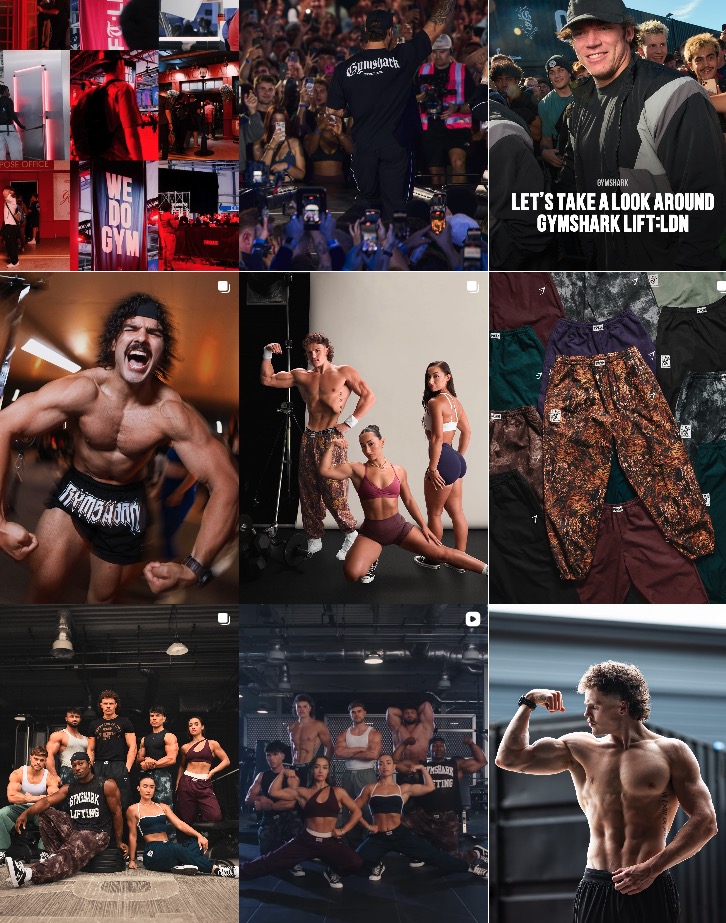
Pura Vida created a tiered ambassador system that rewards consistency and community participation over one-off posts.
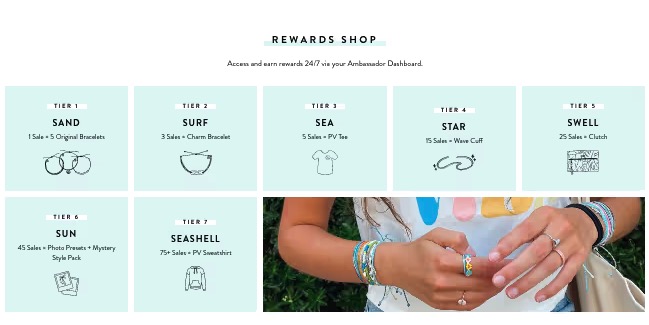
Each of these brands invested in relationships. They built a pipeline of creators who kept talking about them long after a post went live.
Here’s what that looks like for a DTC brand:
If AI shouldn't be the influencer, where should it be in your influencer marketing?
Running influencer programs isn’t easy. Finding good creators, keeping them engaged, tracking posts, measuring results, etc., takes time and people. So when AI tools promise to make it all faster and cheaper, it’s understandable you want to try them.
But AI should take over the repetitive stuff so you can spend your energy on building relationships or helping creators succeed. That’s what creates long-term value.
AI has a place in influencer marketing, but just not as the influencers.
You can use AI in influencer marketing to:
You don’t have to hack together your own systems or prompt-engineer your way through AI. The right platform should already have AI built in.
That's why SARAL has SIA (SARAL Influencer Assistant). It is your built-in AI copilot that helps you automate, scale, and improve influencer outreach, communication, and conversions, without the manual work.
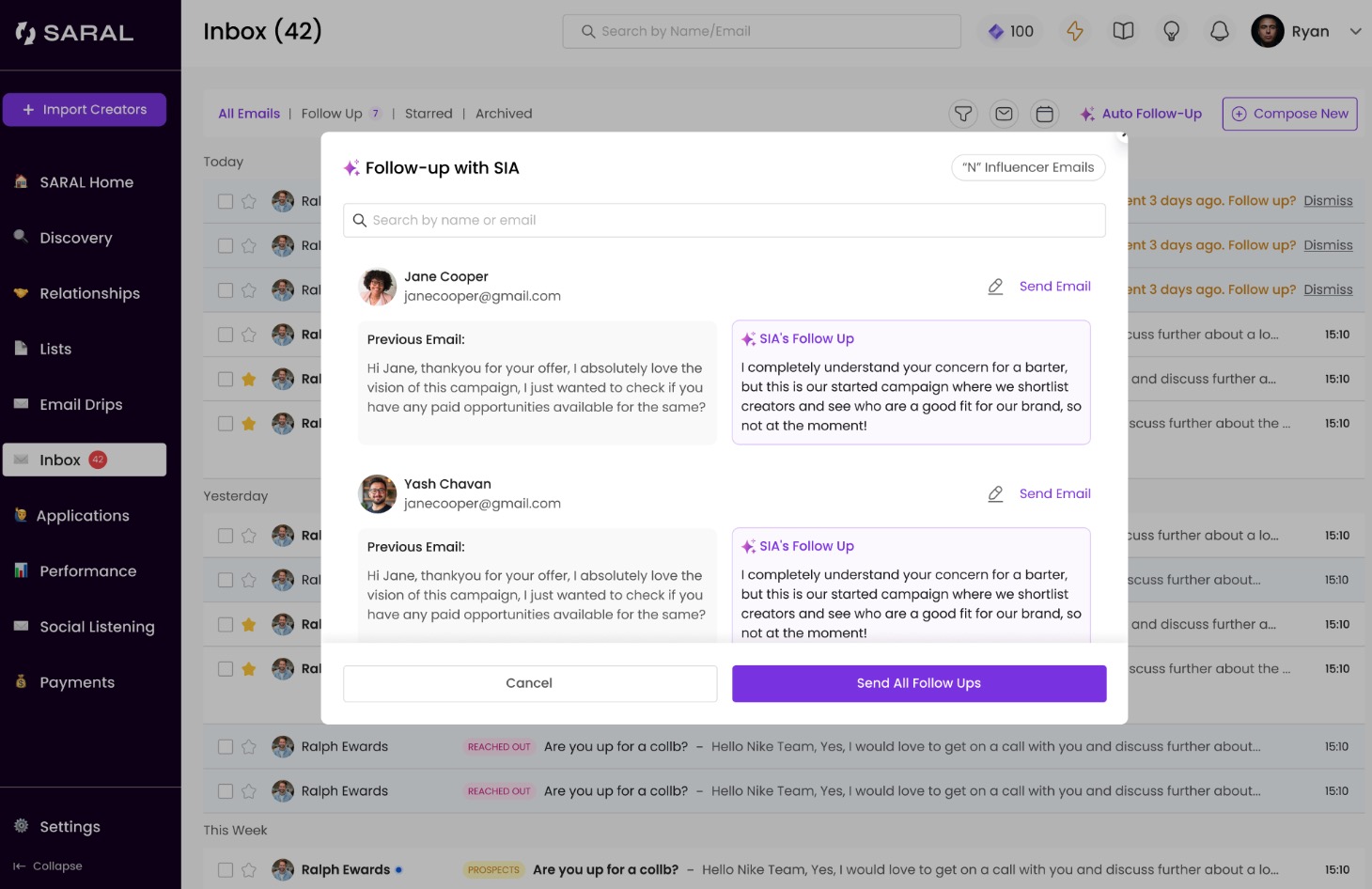
If you’re ready to see how AI can make influencer marketing faster without making it feel robotic, book a demo and see SIA in action.
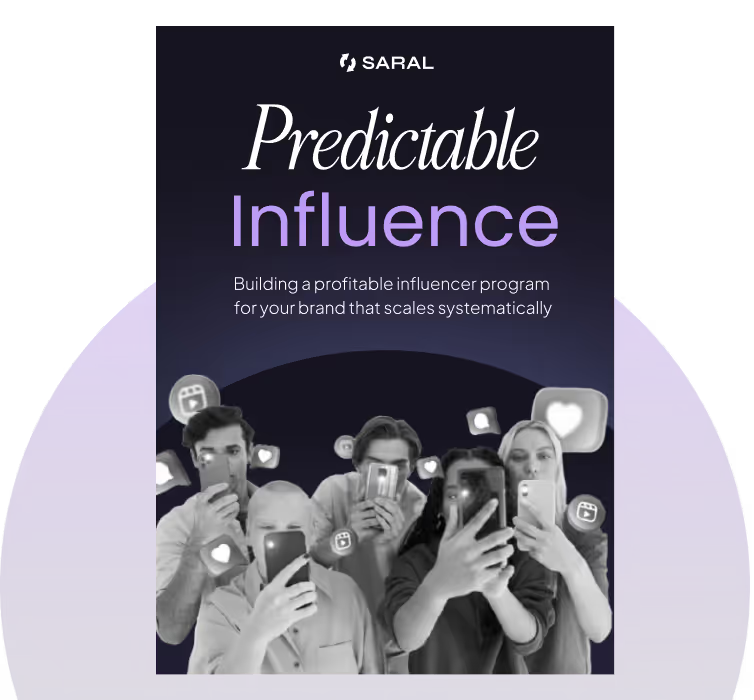
Sign up for a 7-day email course on the unique "Predictable Influence" strategy used by top brands like Grüns, Obvi, Tabs Chocolate.

If ditching the randomness of influencer campaigns and building a predictable, ROI-first influencer program sounds like a plan. Consider talking to our team!